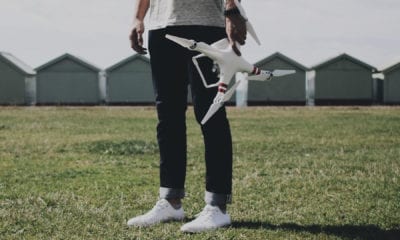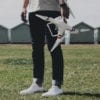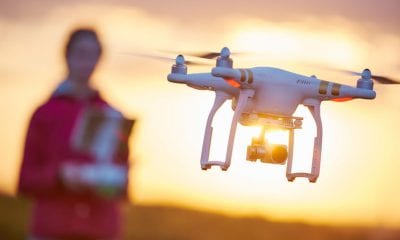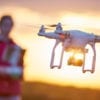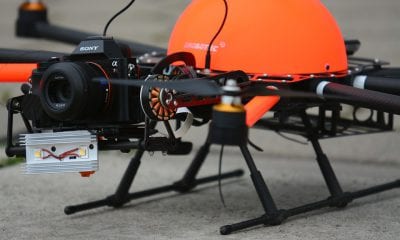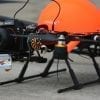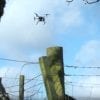
News
Singapore Police Deploy Drone-Equipped Surveillance Vehicles
In an effort to better manage pre-planned security events, search missions and situations requiring aerial assistance, the Singapore Police Force (SPF) has launched a fleet of drones and more. According to a report from Channel News Asia the high-tech law enforcement measures that the SPF is rolling out to enhance its operational effectiveness comprises a one-year pilot programme too.
SPF stated the aim is to enhance its operational effectiveness and become a “smart force”, it said in a briefing on Wednesday April 10th for this year’s Police Work plan Seminar.
These vehicles, called the Sky Aerial Response Command (Sky ARC), will each carry up to three drones and will also be used in cases such as tracking suspects across a large area- a forest for example. The drones are equipped with thermal imaging and can detect human presence. The drones are also capable of flying up to an altitude of a few hundred metres and will feed information and transmit images back to an integrated command and control system the SPF added further.
Addressing privacy concerns the SPF said that the drones will have sirens and markings to make their presence clear to people in the area. Director of planning and organization, Assistant Commissioner Daniel Tan said: “It’s a matter of the trust we have with the public, and this is something we don’t take for granted.“(This is) something that we have to emphasise to our officers and continue to have the systems and structures in place so that (there is) the trust with the public,” he added. Also SPF will comply with existing government data storage and privacy policies it confirmed.
Drone use is becoming common in policing work, last week CDP reported on police in China using drones to tackle illegal gambling.
Operational, Outreach and Training Technologies:
Other new technologies the SPF is introducing include smart glasses, miniature humanoid robots and an enhanced live firing system:
- The glasses will be able to perform real-time video analytics such as facial recognition.
- The police will also use a miniature humanoid robot to enhance its outreach to pre-schoolers and students. Named Mi-ASTRO, the robot has already been trialled at three PCF pre-schools and is programmed with customised messages on police information and safety tips for children. It is a “useful icebreaker between officers and kids”, said SPF adding the hope of eventually equipping the Mi-ASTRO with a translator to communicate with the elderly.
- There were also demonstrations for two other training technologies to improve police defence tactics and marksmanship.
- The Impact Measurement Trainer, a manikin with embedded force sensors, is meant to provide immediate feedback to trainees. Display screens on the side will show the accuracy and strength of the trainees’ hits.
The Enhanced Live Firing Range System will similarly provide real-time feedback on marksmanship. Sensors will provide users with recommendations on weapon handling, breathing, posture and gaze.
Modernisation with automation and Artificial Intelligence is the key to keeping any service or force in tune with the current times.

